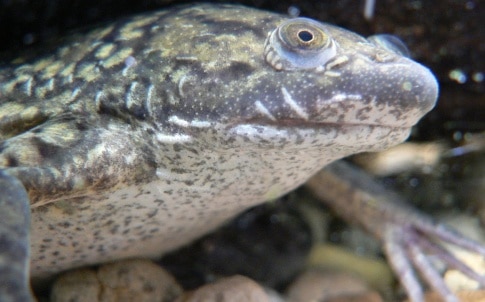Wearable bioreactor heralds leap for regenerative medicine
Scientists and engineers at Tufts University in Massachusetts have used a wearable bioreactor to promote limb regrowth in a frog.

While many frogs and lizards can naturally regenerate limbs, the adult African clawed frog at the centre of this research cannot. However, using a wearable device that delivered the hormone progesterone over a 24 hour period led to the partial regrowth of the frog’s hind leg over the ensuing nine months. It is hoped that the work, which appears in Cell Reports, could form the basis for future research into human limb regrowth.
“We looked at progesterone because it showed promise for promoting nerve repair and regeneration,” said Celia Herrera-Rincon, a post-doctoral fellow at Tufts and lead author of the study. “It also modulates the immune response to promote healing, and triggers the re-growth of blood vessels and bone.
Register now to continue reading
Thanks for visiting The Engineer. You’ve now reached your monthly limit of news stories. Register for free to unlock unlimited access to all of our news coverage, as well as premium content including opinion, in-depth features and special reports.
Benefits of registering
-
In-depth insights and coverage of key emerging trends
-
Unrestricted access to special reports throughout the year
-
Daily technology news delivered straight to your inbox










INWED Engineering Profile: Naval Architect Ellie Driver
Not a woman I´d want to cross … oh, that was Elle Driver